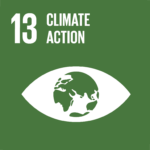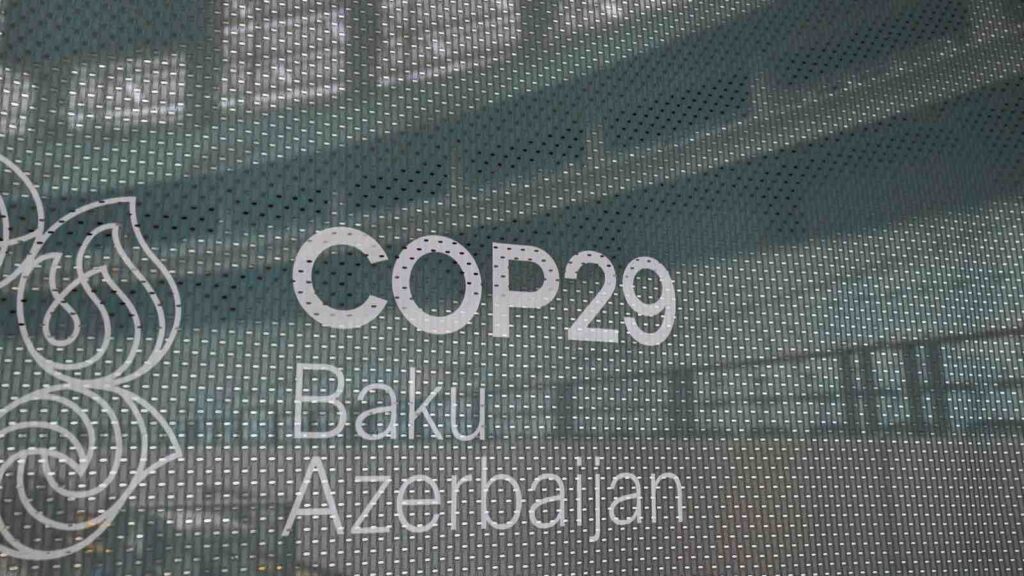Everyone at the COP29 climate summit agrees that the world’s poorest and most climate-vulnerable countries need trillions of dollars to transition to clean energy and cope with climate-fueled disasters.
Baku, Azerbaijan — The United Nations’ climate summit in Baku, COP29, has hit an impasse over a single, contentious question: which countries are wealthy enough to pay for the global fight against climate change? With trillions of dollars in climate aid hanging in the balance, world leaders and negotiators remain deeply divided on how to apportion responsibility for funding efforts to help vulnerable nations adapt to a warming planet.
While all parties agree that the world’s poorest and most climate-vulnerable nations urgently need financial support, the debate centers on whether emerging economies such as China, Saudi Arabia, and South Korea should also be required to contribute to the donor pool. The stakes are high, and the outcome could shape global climate finance for decades to come.
RELEVANT SUSTAINABLE GOALS



A Longstanding Divide Over Climate Finance
The roots of the disagreement stretch back to 1992, when the UN Framework Convention on Climate Change (UNFCCC) divided the world into “developed” and “developing” countries. This division stipulated that wealthy nations in North America, Europe, Japan, and Australia would bear the primary responsibility for funding climate mitigation and adaptation efforts in poorer countries.
But the global economic landscape has shifted dramatically since then. Countries like China and India are now among the world’s largest economies, and Gulf nations like Saudi Arabia and the UAE have grown phenomenally wealthy. Meanwhile, traditional donor nations such as the U.S. and EU countries are facing mounting financial pressure to scale up climate aid, with calls to commit $1 trillion annually.
This shifting reality has prompted wealthy nations to push for expanding the donor base to include high-income emerging economies. “We need accountability and transparency from all contributors,” said Steven Guilbeault, Canada’s environment minister. Critics argue, however, that this move risks unraveling decades of climate diplomacy and shifting the burden away from legacy polluters.
The Swiss-Canadian Proposal: A Formula for Friction
At the heart of the debate is a proposal by Switzerland and Canada to establish a numerical standard for determining which countries should contribute to climate finance. The proposal suggests that any country meeting certain income and emissions thresholds would be required to donate. Under one version of the plan, nations emitting more than 250 metric tons of carbon per capita and earning above $40,000 per capita annually would qualify as donors.
If implemented, the proposal would bring new players to the table, including Saudi Arabia, South Korea, and potentially China. While proponents argue this system reflects economic realities, it has drawn fierce opposition from a coalition of developing countries, small island states, and Gulf nations.
Pushback From Emerging Economies
Emerging economies have vehemently resisted calls to redefine their roles in climate finance. Saudi Arabia has labeled the proposal an attempt by Western nations to shirk their historic responsibility as the largest contributors to cumulative carbon emissions. Representatives from the Alliance of Small Island States (AOSIS) warned that rewriting the rules could undermine the Paris Agreement, which relies on voluntary contributions from developing nations.
“We really can’t entertain it,” said Michai Roberson, AOSIS’s lead negotiator. “It’s a thread that you pull, and it may unravel the entire fabric of the Paris Agreement.”
China, which has provided $20 billion in voluntary climate aid since 2016, sits near the edge of the Swiss-Canadian income threshold. While its total emissions now rival those of the European Union, Chinese officials argue that the country’s per capita emissions and historic contributions remain far below those of traditional donor nations.
The finance negotiations have been described as the most difficult since the 2015 Paris Agreement. As of Friday, negotiators were still working through a sprawling 33-page draft document filled with competing priorities. Observers say little progress has been made in bridging the gap between developed and developing countries.
The outcome of the talks could have profound consequences for the world’s ability to fund climate resilience and transition to clean energy. For nations on the frontlines of the climate crisis, like the Marshall Islands and Bangladesh, a resolution could mean life-saving financial support. For the global community, it could determine whether international cooperation on climate finance remains viable.
“It’s going to be very, very challenging,” said Sandra Guzmán Luna, a former Mexican climate negotiator. “There has not been a lot of movement.”
Lead image courtesy of Dean Calma / IAEA via Flickr (Behind the Scenes at the United Nations Climate Change Conference UNCCC COP29 Day 1. Baku Stadion, Baku, Azerbaijan. 11 November 2024)
You may also be interested in :
The Race To Protect Earth’s Biodiversity by 2030 : The Protected Planet Report Urges



